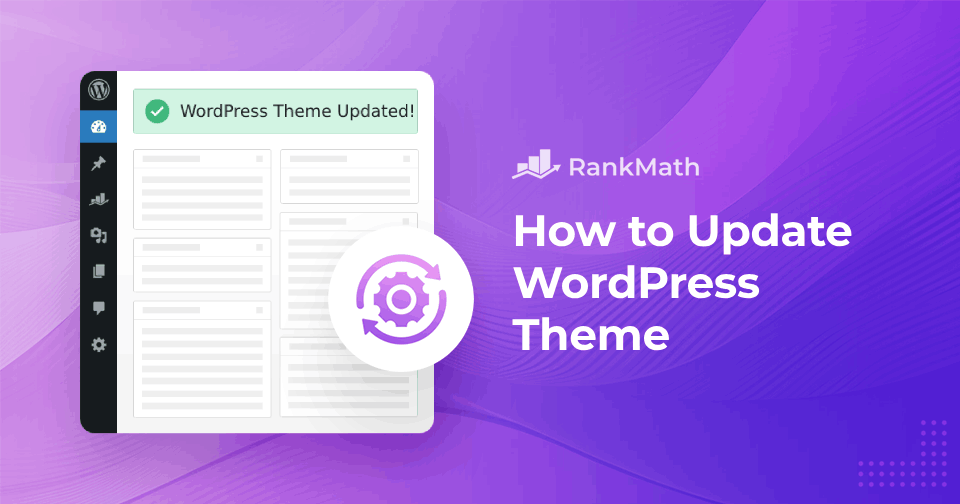How to Add a Dropdown Menu to WordPress (Beginner’s Guide)
Have you ever visited a website like an e-commerce platform, web hosting site, or news portal where additional menu options appear when you hover over or click on a main menu item?

These dropdown menus are usually visually appealing, based on the site’s design, and provide quick access to relevant pages or posts. Sometimes, they even feature icons, animations, or tags alongside the menu items.
In this post, we’ll discuss adding a dropdown menu to your WordPress site. While dropdown menus commonly appear in the main top menu, you can also display them elsewhere on your page.
So, without further ado, let’s get started.
Continue Reading



